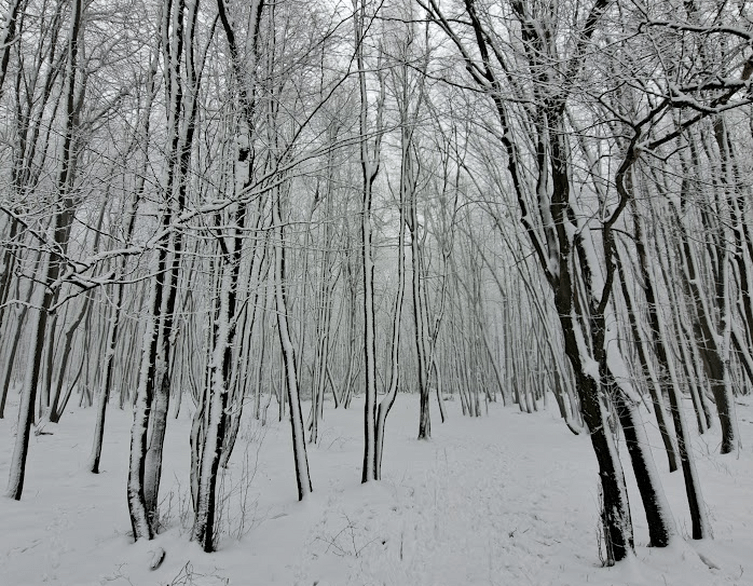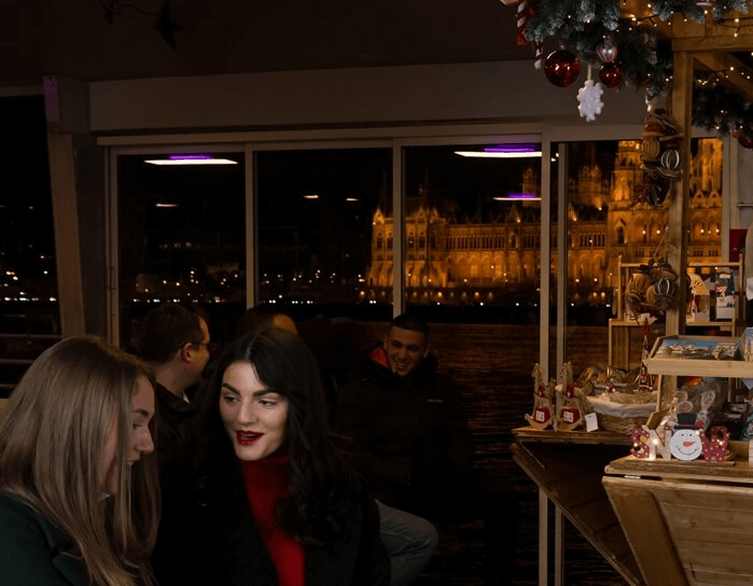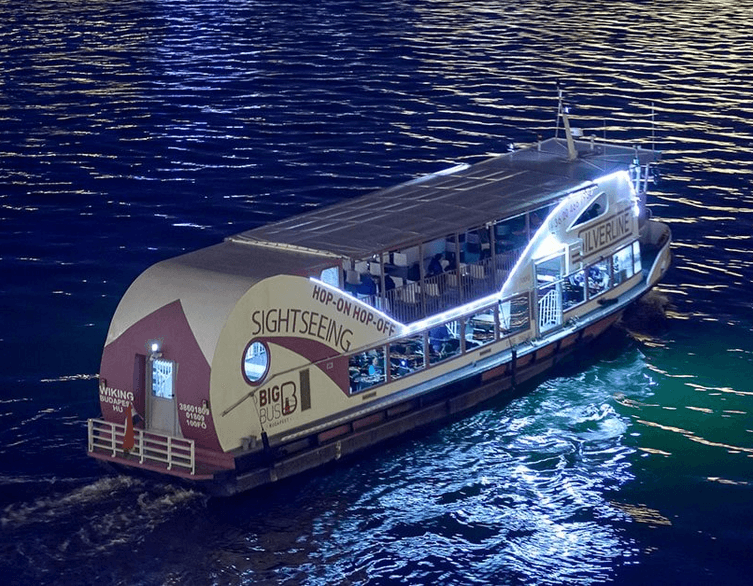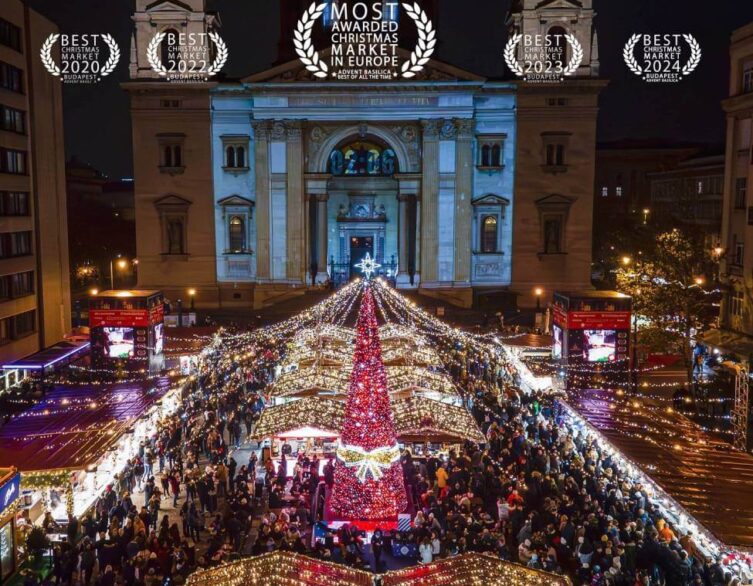Will Budapest Have a White Christmas in 2025?

As the lights go up along Budapest’s boulevards and the trams start to glow in festive colors, the same question returns every year: will Christmas finally be white, or will the city once again spend the holidays in its familiar mix of drizzle, fog and slush? For many visitors, Budapest in December conjures up images of snow-dusted rooftops, steaming mugs of mulled wine and walks on crunchy snow in the Buda Hills. Reality, however, is usually more complicated – and in 2025 that doesn’t change, even if the odds look a little better than in recent years.
Meteorologists looking at the latest long‑range models at the end of November see a winter pattern that may differ from the unusually mild, almost spring‑like seasons Hungary has often experienced in the past decade. International and local models suggest that this year the atmosphere could be a bit more generous with cold air outbreaks, helped by a weakening La Niña pattern and a potentially unstable polar vortex. In practice, this means that Arctic air has a better chance of “escaping” southwards towards the Carpathian Basin in the second half of December – exactly the ingredient you need for real snow rather than cold rain.
The Fine Print Behind the Forecasts
Even with this more promising large‑scale setup, forecasters remain cautious. An early taste of winter or a brief snowfall in November is no guarantee of a white Christmas in Budapest. Climatological statistics often show the opposite: when winter starts early, December can turn out milder and more unsettled. At the moment, the outlook points towards a changeable, precipitation‑rich December where the key question is not whether something falls from the sky, but in what form it arrives.
Best deals of Budapest
Everything comes down to timing. For a postcard‑perfect Christmas Eve, you need the moist air brought in by Mediterranean low‑pressure systems to meet cold, continental air from the north‑east right over Hungary around 23–24 December. If the cold arrives first without moisture, you get dry, squeaky frost and clear skies. If the moisture wins the race but the cold air lags behind by a day or two, Budapest will sit under grey clouds with rain or wet snow that disappears on contact with the pavement. Long‑range models currently allow for the possibility of a cold spell in the second half of December, but they cannot yet pin down the exact dates – and a shift of just 24 hours is enough to turn a dreamlike snowfall into a chilly downpour.
Why It Snows at Normafa but Not in the City
When you ask whether Budapest will have a white Christmas, you are not only asking a meteorological question but also a city‑climate one. The capital is a textbook example of the urban heat island effect: because of dense construction, heat‑absorbing concrete and asphalt, and continuous heat release from traffic and heating systems, the inner districts are noticeably warmer than the suburbs or surrounding countryside. In winter this difference can easily reach 2–3 degrees Celsius, right in the critical range where wet snow becomes rain and lying snow turns into grey slush within hours.
Topography adds another layer to the story. The flat Pest side often struggles to keep snow on the ground, while the higher, greener districts of Buda – especially the 2nd and 12th districts – enjoy colder nights and slightly cleaner air. It is quite common for people to open their umbrellas on Deák tér in icy rain while, just a short bus or tram ride away, children are already sledging on Svábhegy or Normafa. In 2025, this contrast is likely to repeat itself: if precipitation arrives, the most reliable white landscapes will almost certainly be on the hills above the city, not along the Danube promenade or around the Great Boulevard.
What the Numbers Tell Us
Emotions and childhood memories may crave deep snow, but the statistics are merciless. Historical data show that the last time Budapest enjoyed a truly classic white Christmas – with a continuous snow cover thicker than five centimetres on all three main holidays, 24–26 December – was back in 2002. Since then there have been years with snowflakes dancing in the air, and a few occasions when snow lay on the ground on one of the festive days, but the storybook “white for all three days” scenario has not returned.
Over the decades, the probability of such a Christmas has been steadily shrinking. In the mid‑20th century, roughly one in three Christmases in Hungary could be called statistically white in at least part of the country. In the 21st century that ratio has fallen sharply, especially in low‑lying urban areas like Budapest. Today, the chance of a genuinely white Christmas in the capital is estimated at around 18–20 percent in an average year, while higher surrounding areas such as the Pilis or Börzsöny mountains can sometimes reach 30–40 percent. This trend is closely linked to broader climate change: winters are gradually warming, and precipitation patterns are shifting so that a larger share of the cold‑season moisture falls as rain rather than snow.
The “Recipe” for a Christmas Miracle
For 2025 to break the long negative streak in Budapest itself, the atmosphere needs to follow a very specific script. In winter, the Carpathian Basin sits in a kind of meteorological crossfire between two main influences. From the west and south‑west, the Atlantic sends relatively mild, moist air masses; from the north and east, continental and Siberian airflows bring dry, penetrating cold. A white Christmas usually happens only when these two players meet over Hungary at just the right moment.
In practice, that means a Mediterranean cyclone must rise from the south with enough moisture to produce widespread precipitation, while at the same time a persistent high‑pressure area over Russia or Scandinavia pushes a strong tongue of freezing air towards Central Europe. For Budapest to wake up under snow on Christmas morning, these two systems need to “shake hands” almost exactly on 23 or 24 December. If the meeting takes place a day earlier, the snow can fall and then melt away by the time visitors head to the Christmas markets. If it happens a day later, tourists will leave the city under grey skies, only to read about the beautiful snowfall once they are already back home.
What This Means for Your Trip to Budapest
For foreign tourists planning a festive escape to Budapest in December 2025, the key message is simple: hope for snow, but do not build your entire holiday around it. Climatology and current long‑range forecasts suggest that the city has perhaps a one‑in‑five chance of seeing a properly white Christmas. On the other hand, the broader region offers great backup options. If the centre stays slushy or green, you can still find winter wonderland scenes with a short excursion to the Buda Hills, Normafa, Dobogókő or the nearby mountain ranges north of the capital, where the colder microclimate dramatically increases the odds of snow on the ground.
The most reliable forecast will only appear within five to seven days of Christmas, when short‑range models can track the exact paths of cyclones and cold fronts. Until then, the best strategy is to focus on the atmosphere rather than the weather: Budapest’s Christmas markets, thermal baths and illuminated streets are magical even under a light drizzle. If you are lucky enough to be here when a cold outbreak and a Mediterranean low decide to meet above the city, you will experience something truly special. If not, you can still enjoy a festive city break – and perhaps take a quick trip up into the hills to chase the white Christmas that statistics have stolen from the streets of downtown Pest.
Related news


















